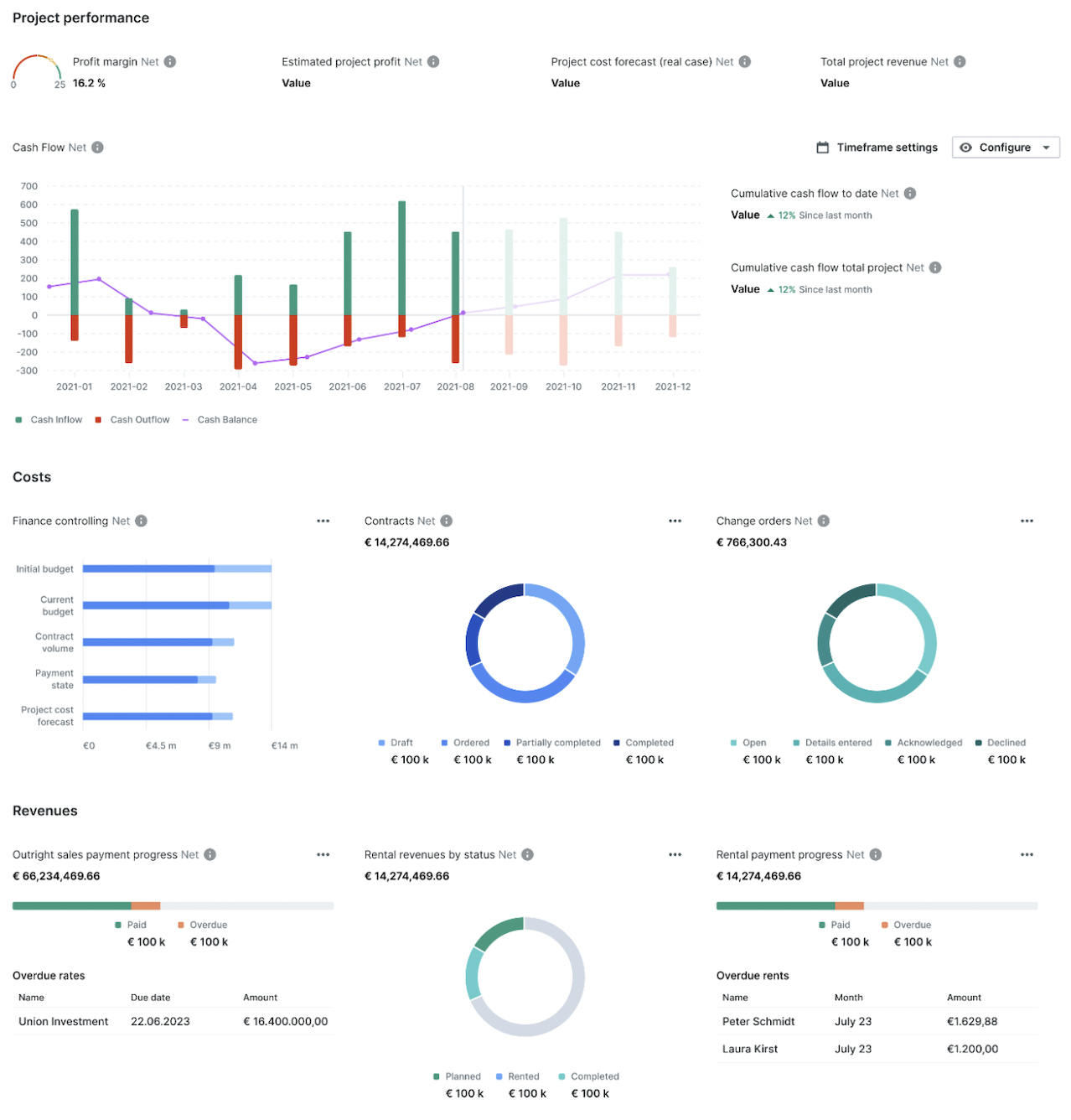New information on the EU taxonomy and disclosure regulation in the real estate industry

EU Taxonomy
Two out of six goals of the EU taxonomy (climate protection and adaptation to climate protection) have been in force since the beginning of 2022. There are criteria for these two goals that have to be checked, regardless of whether it is a new build, an acquisition or a refurbishment. The four remaining goals will be added on January 1, 2023: avoidance and reduction of environmental pollution, protection of biodiversity, transition to the circular economy and protection of water and marine resources. As of today, only one of the four goals is significant for the real estate industry: the transition to a circular economy, including waste avoidance and the use of secondary raw materials. There will be binding criteria for this goal.
Why the EU taxonomy is so important
At the digital event, Attorney Dr. Christoph Strelczyk summarised the importance of the EU taxonomy for the entire economy as follows: “With a uniform set of rules, the EU defines what is sustainable. The goal is to create comparability and transparency in the financial markets and to partially replace current certifications or standards. Hence, the EU taxonomy does not only concern financial products, but the entire real economy, because: Article 8 of the regulations states that companies that are subject to non-financial reporting must also report the extent to which their economic activities conform to the taxonomy. From 250 employees and a turnover threshold of 40 million euros, reporting is required from January 1st, 2026 for the 2025 financial year. From the transport company to the IT service provider, all companies are obliged to review their economic activities from the point of view of sustainability. Also the real estate industry.”
What does it mean to not be taxonomy compliant?
From a formal point of view, compliance with the EU taxonomy is not mandatory (except in specific cases of Article 8+ or Article 9 Funds which expressly commit to it). However, reporting on the extent to which the activities conform to the taxonomy or not is mandatory. The effect on the market is much more important than formal compliance because one thing is clear: a property that conforms to the taxonomy is rewarded with an increase in value and is easier to sell. On the other hand, in the case of non-compliant objects, depreciation is to be expected sooner or later.
Sustainable Finance Disclosure Regulation (SFDR)
Since March 2021, financial market participants have had to disclose in their company documents how they deal with sustainability risks (e.g. global warming, extreme weather events or human rights violations). The negative effects of sustainability factors (so-called PAIs for Principal Adverse Impact Indicators) should also be named using different specifications and deadlines, which are based on the company category and size. This is accompanied by increased reporting requirements for Article 8 and 9 funds. But not only that, because the PAIs must now also apply to non-sustainable funds. In addition, the legislation specifies the specific regulatory technical standards (RTS) that define the content, methodology and presentation of the information to be disclosed. The detailed regulation, referred to as the Level 2 Regulation, officially came into effect on August 14, 2022, and affects financial service providers and fund companies. However, it only has to be applied from 1st of January 2023 onwards. Which KPIs are to be reported exactly depends on the fund category and the conditions to which the fund has committed itself. There are two mandatory indicators for PAI reporting in the real estate industry: energy efficiency and the relationship between property and fossil fuels. There is also a choice indicator, usually energy consumption intensity. Who audits the reported figures, is currently not regulated. As with financial publications, it has become established as best practice in the industry to proceed via the auditor and an expert. It remains to be seen how long the technical and regulatory provisions will apply in their current form, as a revision is already being worked on.
What do the changes mean for asset managers?
Every new regulation increases the pressure to actively and quantifiably implement sustainability goals because in the future investors and stakeholders will pay even more attention to ESG criteria and consolidate them as top investment criteria. Increased reporting requirements for Article 8 and Article 9 funds are the direct consequence, which requires structured data collection more than ever. Although investors are most affected by the regulations, asset managers, project managers and property developers make the central operational contribution, because: without sustainable real estate projects, there are no sustainable real estate funds. To increase stakeholder trust and provide robust evidence, ESG scorings e.g. from GRESB, become more and more crucial for portfolio holders. They are the means of choice to make the ESG performance of assets measurable and comparable.
Good to know: EU supply chain law
So far, regulation has focused heavily on the “E” and thus the ecological parameters. With the EU supply chain law, the focus is on not only ecological but also social obligations along the entire supply chain. The draft law was approved by EU countries in December 2022. After the agreement in the EU Parliament, which is expected for May 2023, the member states have two years to translate the law into national guidelines. It is particularly striking that the scope of the EU law is expected to go beyond the regulations of the German supply chain law, e.g. so for example, companies with 500 or more employees and indirect suppliers will be covered. The German version will come into effect on 1st of January 2023 and initially prescribes due diligence obligations for companies with more than 3,000 employees and head offices in Germany that ensure human rights and sustainability along the supply chain.



























